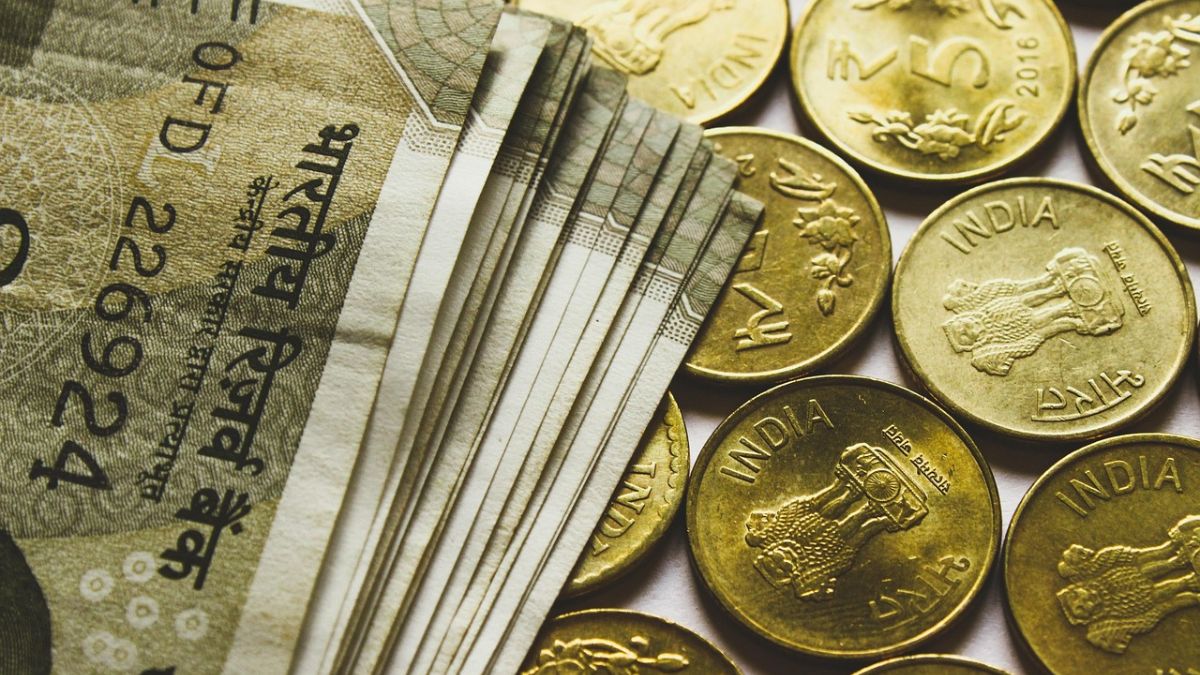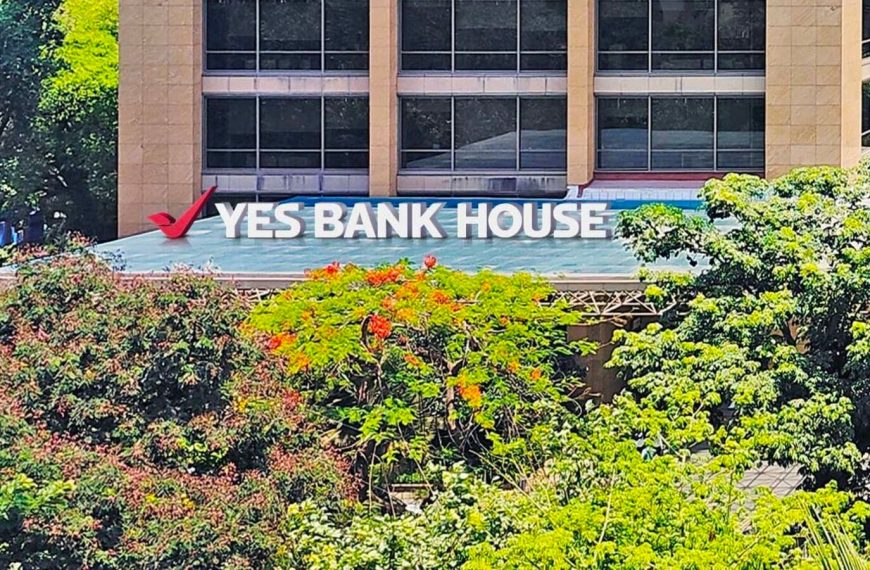The Indian rupee experienced a notable decline this week amidst escalating tensions between India and Pakistan, impacting local stock markets and government bonds. However, timely intervention from the Reserve Bank of India (RBI) on Friday provided some much-needed support, allowing the rupee to close at 85.37 against the U.S. dollar. Earlier, it had dipped to a nearly one-month low of 85.8425 during trading, reflecting the heightened volatility in the market.
Escalating Conflict and Market Reactions
The situation between India and Pakistan has intensified significantly, with both nations accusing each other of fresh military incursions. The conflict, which has seen the use of drones and artillery, marks the most severe violence between the two countries in nearly thirty years.
- Key points of concern:
- Both nations have exchanged accusations of military attacks.
- The situation has been ongoing for three consecutive days.
- This escalation raises fears of broader geopolitical instability.
Market Volatility and Currency Dynamics
According to Michael Wan, a senior currency analyst at MUFG, there is a crucial incentive for both India and Pakistan to avoid a significant escalation in the conflict over the medium term. In his analysis dated May 9, he emphasized the uncertainty that often accompanies geopolitical disputes.
- "In the realm of geopolitical conflicts, it’s essential to acknowledge our limitations in understanding the full scope of the situation," Wan noted.
The sentiment among Indian forex traders shifted dramatically in recent days, transitioning from calm to chaotic as the rupee faced considerable depreciation. The increase in hedging costs and volatility metrics indicated rising anxiety within the market.
- The 1-month dollar-rupee non-deliverable forwards surged to their highest level in a month, highlighting offshore traders’ apprehensions regarding the rupee’s stability.
Impact on Equity and Bond Markets
On the same day, India’s leading stock index, the Nifty 50, saw a decline of over 1%. Despite the initial drop, government bonds remained relatively stable after a brief dip during early trading. A trader from a prominent foreign bank commented on the RBI’s "heavy intervention," which played a crucial role in preventing more severe losses for the rupee.
The trader also pointed out that without the central bank’s timely actions, speculative pressures against the currency could have escalated further. While the rupee faced challenges, other Asian currencies generally weakened, and the dollar index experienced a slight decline, slipping 0.2% to 100.3.
Conclusion
As geopolitical tensions continue to evolve, the Indian rupee’s performance will be closely monitored by traders and analysts alike. The RBI’s interventions will be critical in maintaining stability, while the ongoing conflict with Pakistan poses risks that could influence market dynamics in the coming weeks. Investors and market participants must stay informed and vigilant as the situation develops.











